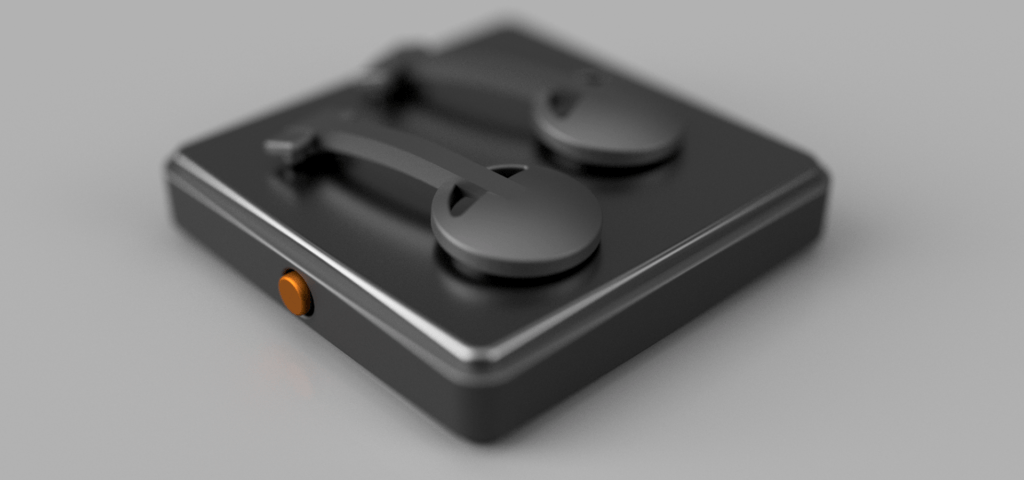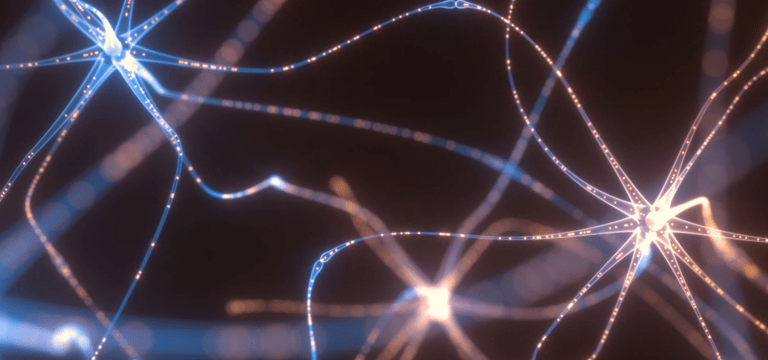Our Ultimate Goal: The Process of Developing a Home-Use Device for
Non-Invasive Vagus Nerve Stimulation (nVNS)
The Polar Bear Foundation is dedicated to advancing mental health solutions through the research and development of non-invasive Vagus Nerve Stimulation (nVNS). One of the ways we are doing this is by developing a home-use device that will make this innovative therapy more accessible to people in need. In this article, we’ll take a closer look at the process of developing a home-use device for nVNS.
The first step in developing a home-use device is conducting clinical trials to validate the nVNS protocol. The goal of these trials is to demonstrate the safety and efficacy of the nVNS therapy. During the trials, patients will receive nVNS therapy under the supervision of a medical professional. The data collected from these trials will help us determine the optimal settings for the home-use device, such as frequency and duration of stimulation.
Once the clinical trials are complete and the nVNS protocol is validated, we can move on to the next step: designing and building the home-use device. This involves working with engineers and designers to create a device that is user-friendly and easy to use. The device should be small, portable, and easy to operate. It should also be safe and comfortable to use, with features such as adjustable stimulation levels and a timer to ensure that the user receives the correct amount of stimulation.
In addition to designing and building the home-use device, we will also be working on developing a comprehensive user manual and training program. The user manual will provide detailed instructions on how to use the device, while the training program will ensure that users are comfortable and confident in using the device to receive nVNS therapy.
Finally, once the home-use device is developed and tested, we will work on getting it approved by the relevant regulatory bodies. This will ensure that the device meets all safety and quality standards, and that it is available to people who need it.
In conclusion, developing a home-use device for nVNS is a complex process that requires a lot of hard work and dedication. However, the end result will be a device that makes this innovative therapy more accessible to people in need, and that helps to improve the lives of people with anxiety and depression. We are excited to be a part of this journey, and we are grateful for the support of our donors and partners who are helping to make this a reality.







